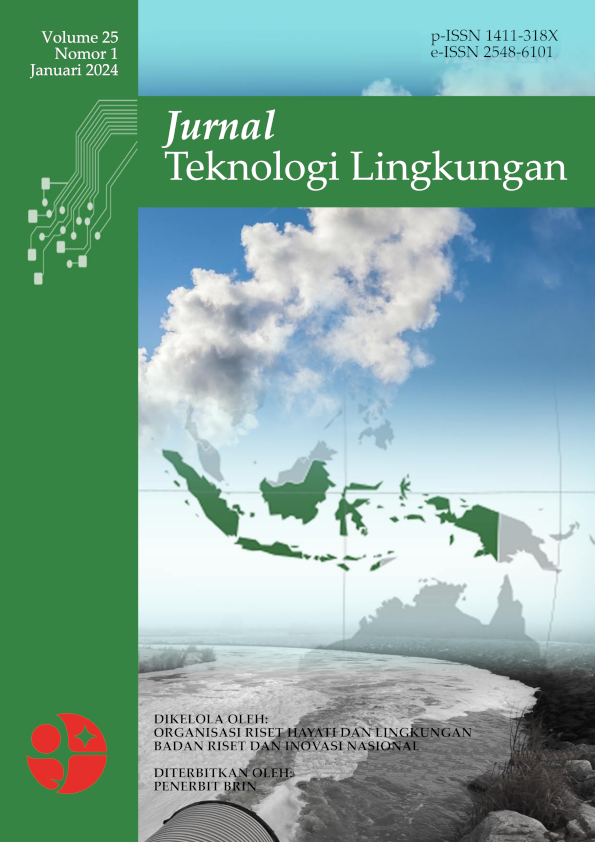Kompos Limbah Baglog Jamur Tiram sebagai Alternatif Budidaya Edamame di Tanah Gambut
Main Article Content
Abstract
Along with the times, edamame has good prospects for development. This prospect can be seen from the high demand for exports of around 100,000 t year-1. However, Indonesia is only able to fulfill about 3% of it. The lack of fulfillment of the export market for edamame is due to several constraints in its development. One of the obstacles is the availability of fertile land. Peatlands in South Kalimantan have problems with high soil acidity and low soil fertility. Using oyster mushroom baglog waste (OMBW) is an effort to increase peat soil fertility and edamame production. This study aims to determine the best dosage of OMBW compost for raising soil pH, growth, and yield of edamame on peat soils. This study was structured using a one-factor completely randomized design (CRD) with five treatments, namely: 0 (b0), 5 (b1), 10 (b2), 15 (b3), and 20 t ha-1 OMBW compost (b4). The results showed the best dose of 20 t ha-1 OMBW compost (b4) increased plant height at 4 weeks after planting (WAP) by 45%, the number of leaves at 4 WAP by 60%, and the number of pods by 65%. In comparison, the dose of 10 t ha-1 OMBW compost (b2) was best at increasing soil pH at 3 weeks after incubation by 20.24%, increasing plant stem diameter by 39%, and fresh pod weight by 78%.
Abstrak
Seiring dengan perkembangan zaman, edamame memiliki prospek yang baik untuk dikembangkan. Hal ini terlihat dari kebutuhan ekspornya yang tinggi sekitar 100.000 t tahun-1. Namun, Indonesia hanya mampu memenuhi sekitar 3% dari kebutuhan tersebut. Kurangnya pemenuhan pasar ekspor akan edamame ini dikarenakan beberapa kendala dalam pengembangannya. Salah satu kendalanya yaitu ketersediaan lahan subur. Lahan gambut di Kalimantan Selatan memiliki masalah kemasaman tanah yang tinggi dan kesuburan tanah yang rendah. Pemanfaatan limbah baglog jamur tiram (LBJT) merupakan upaya untuk meningkatkan kesuburan tanah gambut dan produksi edamame. Penelitian ini bertujuan untuk mengetahui dosis terbaik kompos LBJT dalam meningkatkan pH tanah, pertumbuhan, dan hasil edamame di tanah gambut. Penelitian ini disusun menggunakan rancangan acak lengkap (RAL) satu faktor dengan lima perlakuan yaitu: 0 (b0), 5 (b1), 10 (b2), 15 (b3), dan 20 t ha-1 kompos LBJT (b4). Penelitian ini menghasilkan dosis terbaik yaitu 20 t ha-1 kompos LBJT (b4) mampu meningkatkan tinggi tanaman pada 4 minggu setelah tanam (MST) sebesar 45%, jumlah daun pada 4 MST sebesar 60%, dan jumlah polong sebesar 65%. Sebagai pembanding, dosis 10 t ha-1 kompos LBJT (b2) terbaik dalam meningkatkan pH tanah pada 3 minggu setelah inkubasi sebesar 20,24%, meningkatkan diameter batang tanaman sebesar 39%, dan bobot polong segar sebesar 78%.
Article Details

This work is licensed under a Creative Commons Attribution-ShareAlike 4.0 International License.

